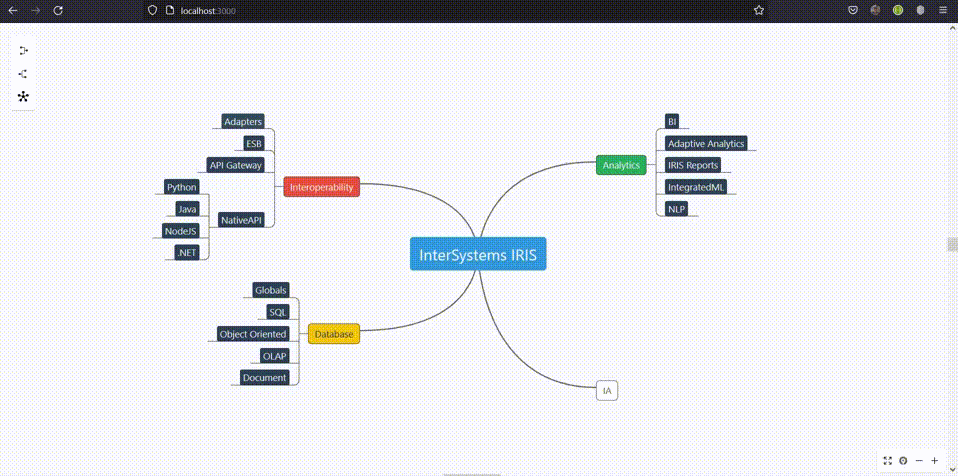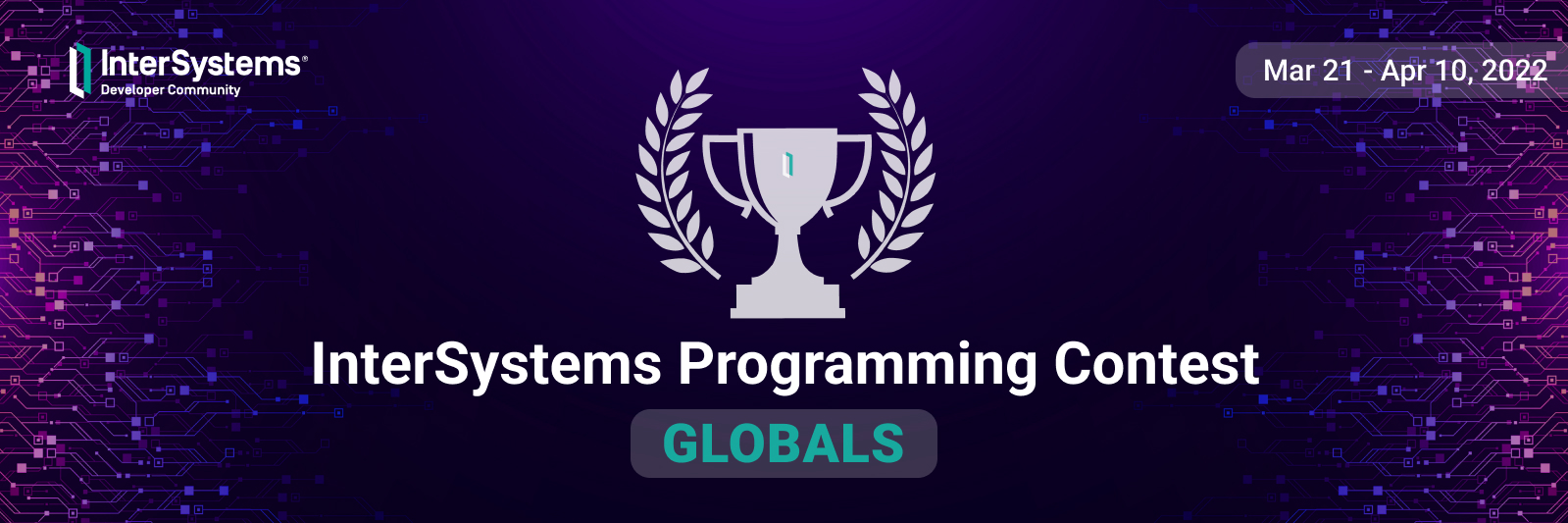So far, I found there are some interesting ways to search in global structure:
 Beginning - see Part 1.
Beginning - see Part 1.
3. Variants of structures when using globals
A structure, such as an ordered tree, has various special cases. Let's take a look at those that have practical value for working with globals.



